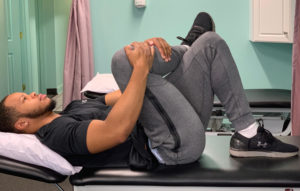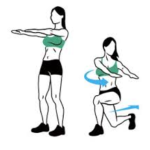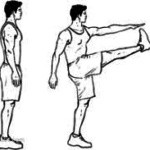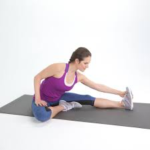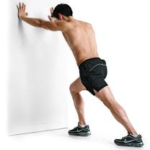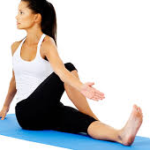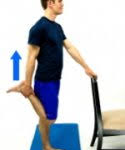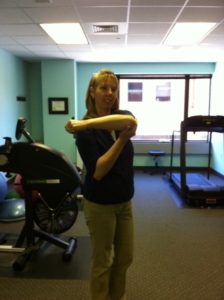To get the most out of stretching to prevent injury and muscle soreness, dynamic stretching should be performed before your workout and static stretching performed after your workout. If you perform a static stretch before you workout, there is more potential to tear a muscle due to the lack of blood flow at the muscle.
To get the most benefit out of static stretching, make sure you hold the stretch at a point you feel a pull within the muscle. The stretch should be held between 15-60 seconds. Perform 2-3 repetitions of each stretch on both sides of your body. If a stretch is painful, you should decrease the range of motion of the stretch.
If you are unsure what muscle groups to stretch in association with your workout, contact Harbor Physical Therapy. Our physical therapists can create you a customized stretching program.

